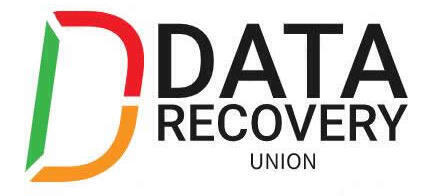I am unable to complete the firmware update; I get a message that the
firmware is intact or the system hangs during when entering StorCon
As the BIOS on server boards and RAID controllers are updated, it is possible that some
combinations of RAID controller BIOS and server board BIOS do not work together so that
updating RAID controller firmware through the normal update process is not possible. A
firmware recovery process is described here with an override that makes it possible to force the firmware update.
To force a firmware update, complete the following steps:
a. Move the recovery jumper on the RAID card to Recovery position.
b. Download the firmware recovery utility and update code from the website, or make a
firmware recovery diskette from the CD and boot to it.
c. Choose option 2, recover firmware.
d. The system creates a RAM drive and begins copying files to it. Press <Ctrl> <C> when
you see the prompt, “press CNTL C to interrupt the recovery process”. You will be
brought to a C: prompt.
e. Type “FRU -O” to force overwriting the firmware. (Note: “O” is the letter O for Overwrite,
not the number zero)
f. Indicate agreement at the following two prompts.
g. Green text will display at the top of the screen indicating that the recovery has started.
This will be followed shortly by text that provides the version (flashing) that is being
forced. The first few digits of this text are the firmware version number followed by
digits that refer to the build number.
h. When complete, replace the jumper into the normal position and reboot.
Troubleshooting Guide

